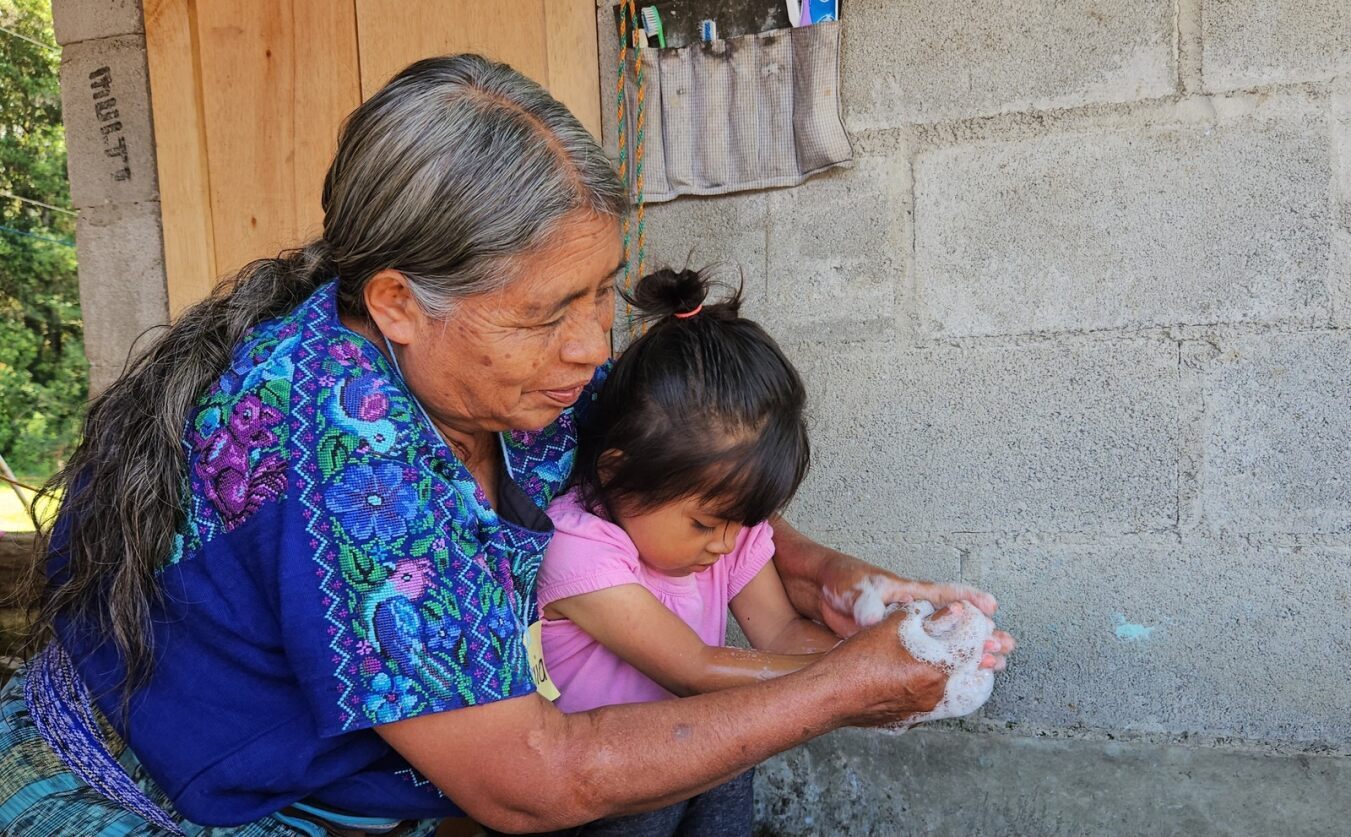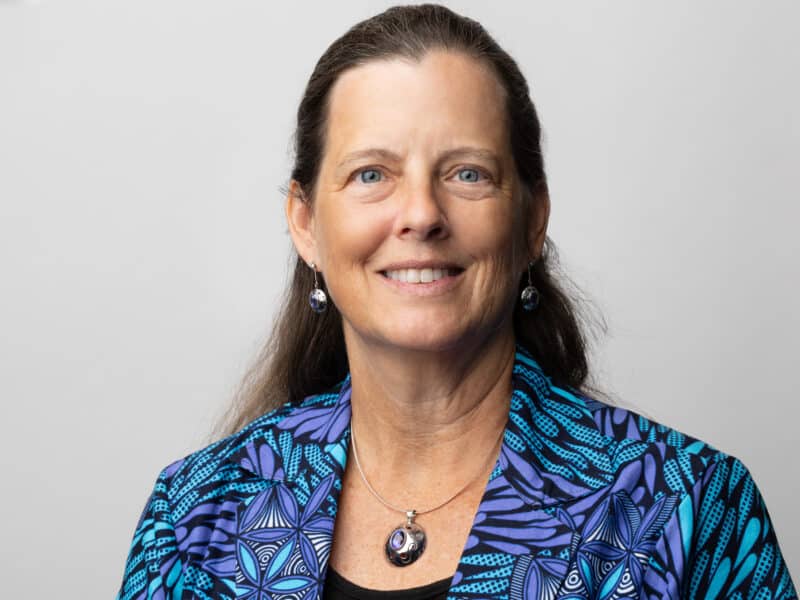To help prevent stunting in Guatemalan children, the Johns Hopkins Center for Communication Programs-led Breakthrough ACTION project has gathered every piece of data it could find to help understand why 46.5 percent of children aren’t growing at the rate they should – and what factors could be causing it.
They combed national surveys and municipal ones, collected data about everything from income and education level to health and nutrition indicators to the number of homes with dirt floors and latrines. At first, the information was used to drive social and behavior change programs in the regions of Quiché and Huehuetenango, helping Breakthrough ACTION determine the needs of the municipalities and propose solutions.
Now, the data are available in a dashboard that local governments are already using to drive their own health decisions on everything from family planning to water, sanitation and hygiene to nutrition and education. In 2024, the project will turn over the dashboard to the Guatemalan Secretariat for Food and Nutritional Security, which will ensure the data is kept up-to-date and that municipal leaders have access to it in perpetuity to help them solve pressing concerns both now and in the future.
“The dashboard is extremely easy to use, and this valuable information is simple to access and share,” says CCP’s Astrid Sanchez, senior nutrition advisor on the Breakthrough ACTION project in Guatemala. “In one click, you can see the situation in your municipality, and you can analyze it and make decisions to inform your programming. It’s a terrific tool that we hope will be used for a long time.”
The dashboard can produce graphs that compare results from different municipalities or different health indicators. It has a mapping capability to help answer geographic questions. It can create a quick health profile of an individual municipality.
In analyzing the dashboard data, the CCP team made some surprising findings, says CCP’s Maritza Méndez, Breakthrough ACTION’s chief of party in Guatemala. When looking at the correlation between stunting and access to water, she says, they found that in some municipalities, for example, people have access to running water, but stunting is still very high. This shows that there are issues beyond water access that are responsible for stunting.
They also looked at the correlation between having a dirt floor and having children who are stunted. When the number of dirt floors in an area was high, so was stunting.
In homes with dirt floors, Méndez says, babies are constantly crawling around in the grime, with many putting their hands in their mouths consuming the dirt and even animal feces they pick up. Ingesting too much dirt can make babies sick and prevent them from receiving proper nutrition.
Looking at the dashboard data – and after doing a scientific literature review – Breakthrough ACTION added a new module to nutrition trainings already conducted by volunteer facilitators who make regular household visits to pregnant mothers and families with young children to help them adopt healthy behaviors.
The module, “clean, healthy and caring environment for babies,” promotes the need for mothers to not only keep their hands clean, but also their babies’ hands. It explains how to create a clean spot in the home where babies can crawl and be safe from eating dirt or animal feces. The module is presented via tablet, using the Juntos Prosperamos (“Together, we prosper”) app developed by the CCP team to engage with mothers. A new update to the app will allow facilitators to not only counsel but to seamlessly record data as well.
Armed with this type of knowledge, so much more can be done. Community leaders can pinpoint problems and make steps toward solving them. NGOs who provide cement floors or build latrines, for example, can be directed to where the need is highest.
The dashboard doesn’t just include indicators about stunting, but a variety of different health concerns.
While only in two states now, the hope is that once the dashboard is transferred to the Guatemalan Secretariat for Food and Nutritional Security website, more data will be added and policymakers all over the country can benefit from this information.
“That way we are ensuring the sustainability of the dashboard,” Méndez says.





